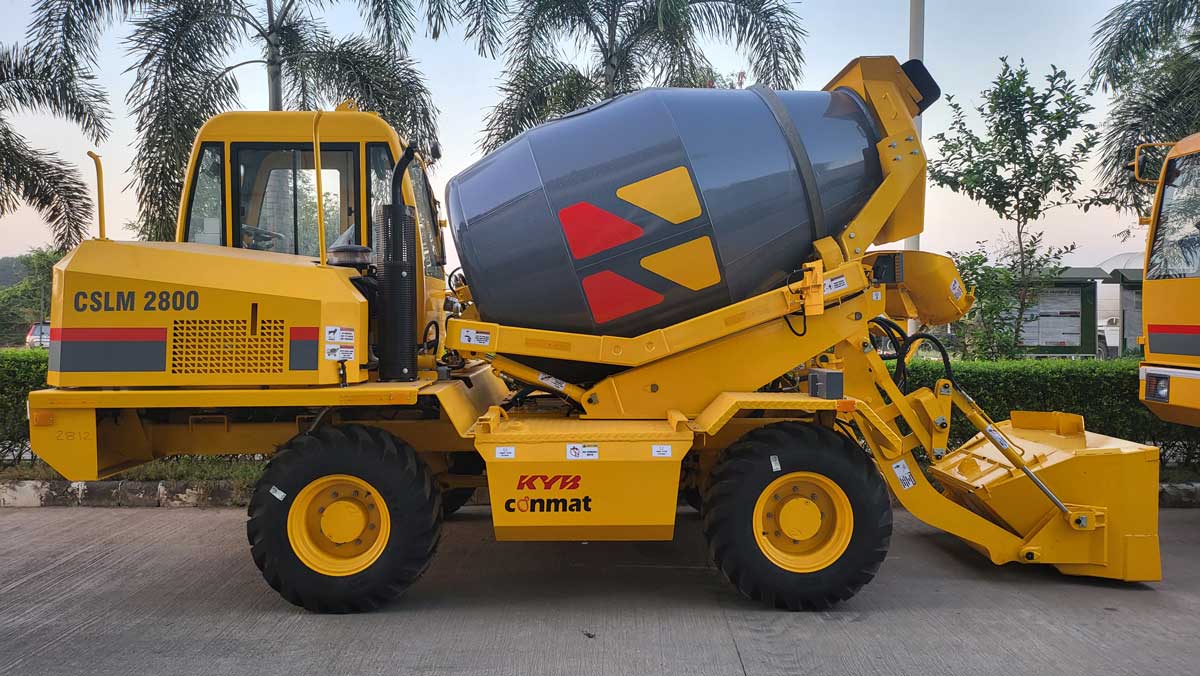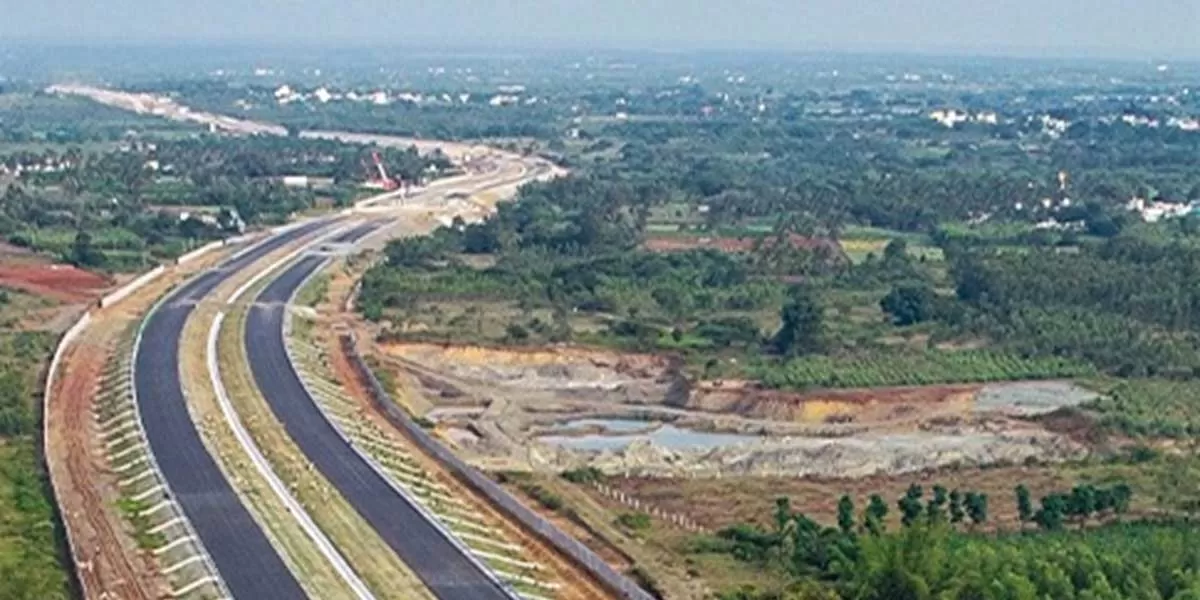
"Stunning Architecture: Unveiling the Tallest Building Ever Constructed"
Read full article
CW Gold Benefits
- Weekly Industry Updates
- Industry Feature Stories
- Premium Newsletter Access
- Building Material Prices (weekly) + trends/analysis
- Best Stories from our sister publications - Indian Cement Review, Equipment India, Infrastructure Today
- Sector focused Research Reports
- Sector Wise Updates (infrastructure, cement, equipment & construction) + trend analysis
- Exclusive text & video interviews
- Digital Delivery
- Financial Data for publically listed companies + Analysis
- Preconceptual Projects in the pipeline PAN India
Redefine the future of urban mobility! Join us at the Metro Rail Conference 2025 to explore groundbreaking ideas and insights. 👉 Register today!

BDA To Develop Six New Layouts In PRR-2 Project
The Bengaluru Development Authority (BDA) has revealed its plan to develop six new layouts as part of the Peripheral Ring Road-2 (PRR-2) project. As part of this initiative, the BDA is preparing to acquire land from multiple villages within the region. An official mentioned, “Preliminary notifications for land acquisition are still pending for the proposed layouts aligned with the PRR-2 project. The BDA has instructed teams, led by land acquisition officers, to identify suitable land in the villages, liaise with engineers, and gather essential information such as land ownership, plot sizes, ..

HUDCO Approves Rs 270 Bn Loan for Peripheral Road Project
The Housing and Urban Development Corporation (HUDCO) has approved a loan of Rs 270 billion for the Bengaluru Development Authority (BDA) to fund the much-delayed Bangalore Business Corridor. As per the BDA, this long-pending project, which has been delayed for 16 years, is now expected to begin within the next two months. Two agencies are set to finalise the agreement soon, leading to the commencement of the project. Compensation for the land acquired from farmers will follow the BDA Act and the Land Acquisition Compensation Act. Breakdown of Project Costs Out of the Rs 27,000 crore loan, Rs ..

Greater Chennai Corporation Allocates Rs 5.33 Bn for Infra Enhancements
The Greater Chennai Corporation (GCC) Council approved the improvement of 1,669 internal roads, 31 bus routes, installation of 8,300 street nameboards, footpath repairs, and creation of flower beds, all at an estimated cost of Rs 5.33 billion for the financial year 2025-26. The improvement of internal roads and bus routes across the city’s 15 zones will cost an estimated Rs 2.9 billion. In total, Rs 4.10 billion has been earmarked for road development works, under various schemes such as the Nagarpura Salai Mempattu Thittam (NSMT), Singara Chennai, the Tamil Nadu Urban Roads Improvement Proj..















